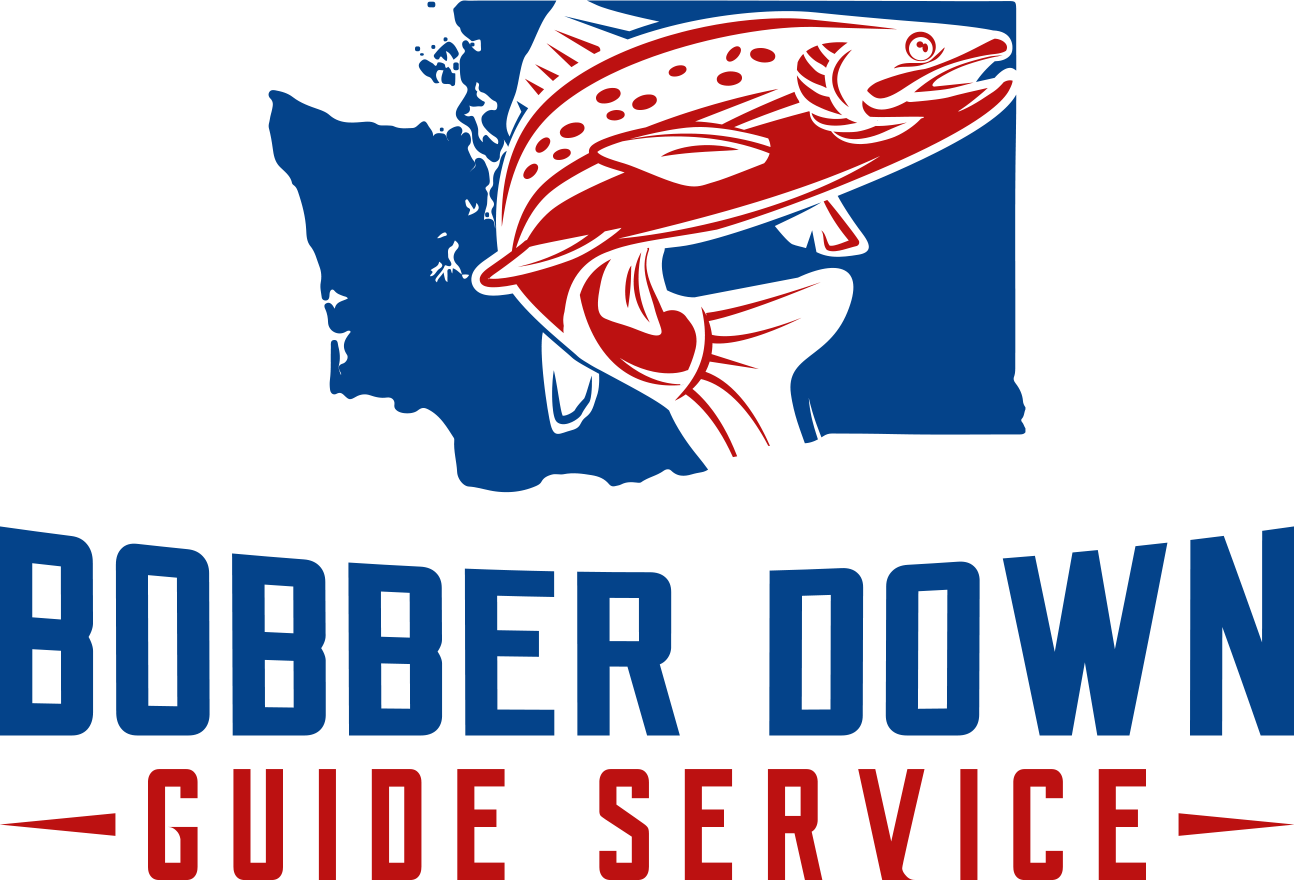Canned Smoked Kokanee Recipe
‘Tis the season for canning as winter sets in, and it’s snowing as I type this here in Wenatchee, Washington. With winter here and Kokanee season in full swing, you may be like me and have a freezer full of tasty Kokanee in vacuum sealed bags. My absolute favorite way to eat Kokanee is canned and smoked. The taste is amazing and one of my favorite things is that there are no bones!! Here is a step by step recipe of my process that I have been perfecting for 15 years.
So first off, you need to go catch a bunch of Kokanee (although you can do the same thing with most fish, including chinook, sockeye, tuna, mahi mahi, etc…). If you need a guided trip to catch some fish, check me out at www.fishwenatchee.com. Once you have your fish, you’ll need to prep them for smoking. I use a brine that I got from the Outdoor Line radio show, and have been using it for a long time. It’s a very simple brine that can be used for all types of fish. I brine the fish in a 5 gallon bucket.
For the brine:
2 gallons warm fresh water
4 cups brown sugar
2 cups pure (non-iodized or pickling & canning) salt
2 heaping tablespoons coarse ground black pepper
6 whole Bay leaves, crumbled
1 Tablespoon garlic powder (optional)
You will also need:
Pressure canner
Half pint wide mouth jars, with lids
Jalapeño peppers (optional)
Smoker (cold smoker is best)
5 gallon food-grade bucket
I usually brine the fish overnight for around 12 hours, but I’ve done anywhere from 10-18, depending on what I am doing that day. I don’t worry about the exact time too much, but the longer you leave it in the brine, the saltier it will be. Likewise, if you don’t leave it in long enough, you will have a milder flavor. Kokanee taste so good that either way it will be great!
After the fish are done brining I cold smoke them for a minimum of 2-4 hours with heavy smoke. For this, you’ll need a “Cold Smoker”, not a pellet grill or Little Chief. I have used a Little Chief many, many times, but you do loose some oil from the fish, and you want to keep as much oil in the fish as possible. If you don’t have a cold smoker and are using a regular smoker, pull the fish as soon as they start to sweat.
See the external smoke chamber with its own heat source on the lower right of the picture.
After you have given the fillets a good smoke for about 2 to 4 hours, pull them out of the smoker. When using a cold smoker, the fish are the same temperature as the outside air. On this chilly January day, the fish are cold to the touch.
Next, we are gonna prep the fish for canning. I take the fillets off the rack and take the skin off them with a flexible fillet knife. It can be a pain sometimes taking the skin off, but I think it is definitely worth it. I know lots of guys that love the skin on, so it’s totally personal preference. I like to add a 1/4 or half of a jalapeño, depending on the size of the fillet. I use wide mouth half pint jars and cut the chunk of jalapeño to the width of the jar. The jalapeño gives it a great flavor, but I make lots without it also, as it is too spicy for some people. I fill the jars to the top with fish, put the lids on loosely, and place them in the pressure cooker.
I often get asked how many jars to put in the pressure cooker. I stack them 3 high in a full size pressure cooker. Once it’s full, I cook them at 100 minutes, making sure it is above 12 pounds of pressure. If it dips below 12 pounds, you have to start your time over again. Feel free to research this more, as canning done wrong can get you very sick. This is just what I do and what has worked for me for over 15 years, but you are responsible for your own safety. Once they are done, I let them depressurize, then open the pressure cooker CAREFULLY. It will be hot and the steam can burn you. You will hear the pop sound of the jars sealing as the pressure lowers, as the vacuum set up in them lets you know when things are going well. After the jars cool all the way, check to make sure all the lids are sealed and tighten the lids, and then they are ready to eat. Most of the bones will have dissolved from the canning process, and the fish will be full of flavor and natural fish oil. This my favorite way to eat Kokanee. Enjoy!
Look at all that fish oil! I did not add any oil to those fish.








